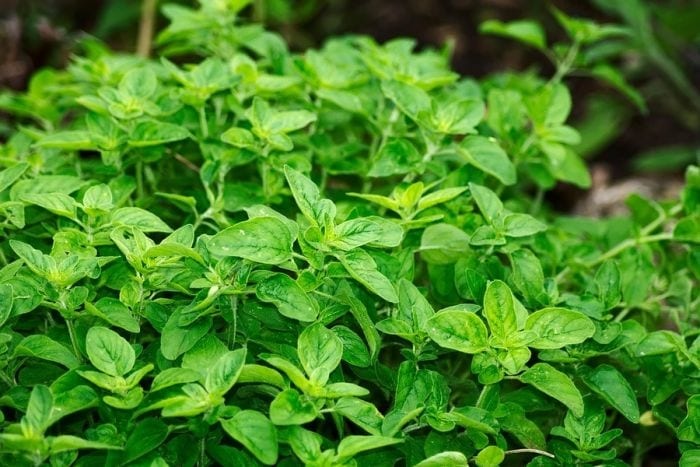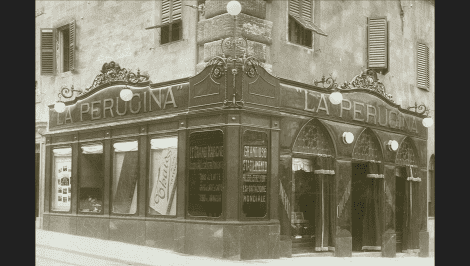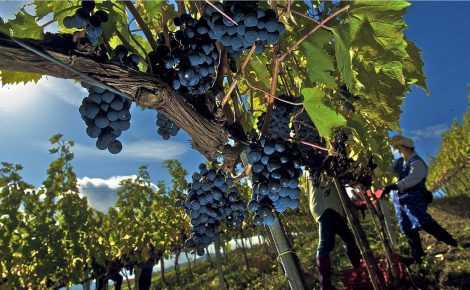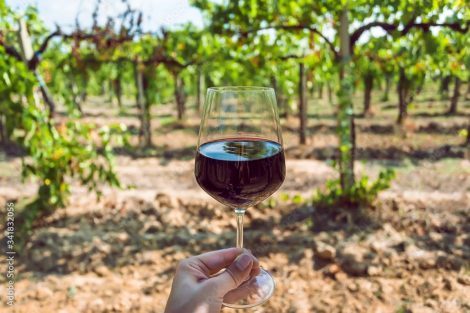Herbs in ancient times: from the embalming of the dead to medicine
With their intense and enveloping aromas, bright colors and an unmistakable flavour, aromatic herbs are the elements that best characterize the Mediterranean diet, whose culinary tradition is in the amalgam of green sensations and fragrances. Aromas that awaken a collective olfactory memory, bringing back memories of seaside dinners and picnics enjoyed in the shade of ancient trees. Tracing the origins of the various uses of these fragrant plants, it's necessary to go back about 60 thousand years, a period dating back to the first discovery of millefeuille and hibiscus inside a sarcophagus, archaeological remains that demonstrate the significant role that plants played antiquity. Already used by the Egyptians to embalm the bodies of the dead and preserve their appearance even in the afterlife, aromatic herbs were considered capable of carrying spiritual messages from humans to deities and above all to cure diseases and heal wounds.
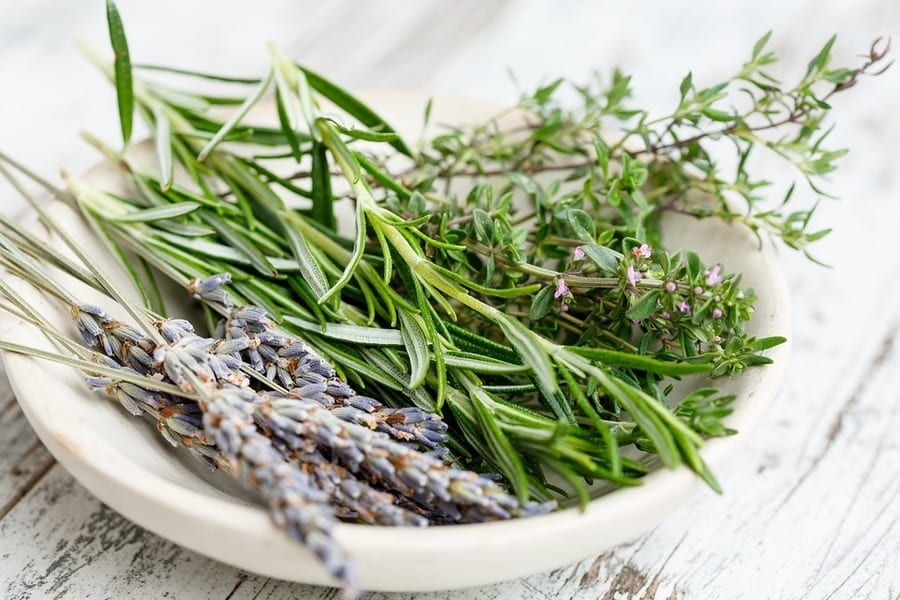
Legends aside, plants actually have different therapeutic properties, and the Romans knew it well, they administered parsley to gladiators before their fights to help them be strong. It was always the Romans, later, who spread their botanical knowledge to the rest of Europe, notions whose legacy was then elaborated in the convents, where the first herbal medicine writings were created.
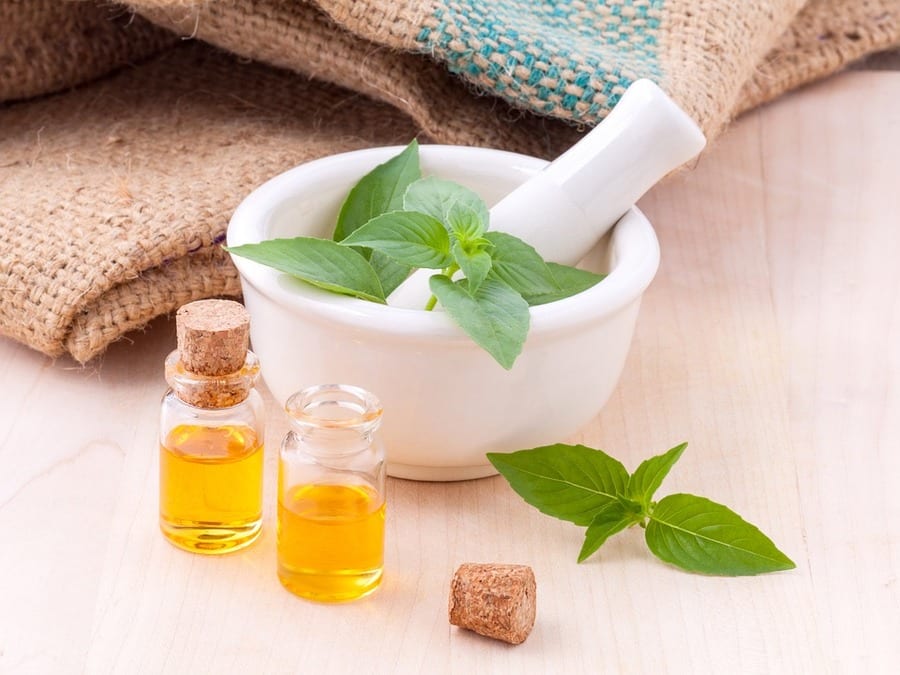
Plants in the kitchen
The first written account of the use of "aròmate" in ancient Roman cuisine dates back to the 4th century, in the "De arte coquinaria" oby agronomist Apicius, but it was later Guillaume Tirel, chef at the service of king Charles V and king Charles Vi of France, to describe the specific use of each herb in "Le Viandier" dating back to the year 1330. Legend has it that Tirel was nicknamed "Taillevent" for the size of his nose, which seemed big enough to "cut the wind" (tailler the vent): for this reason, the cook was able to intercept aromas better than anyone else. He advised readers back then to use herbs to cover the unpleasant odors of meat, in pre-refrigeration times. After him, it was Marie Antoine Carême, French chef and writer, who spoke about the importance of herbs' decorative appearance, and again Joseph Favre, Swiss chef who made healing properties of plants his own trademark (the famous sentence attributed to him was "The best medicine of man is nutrition").
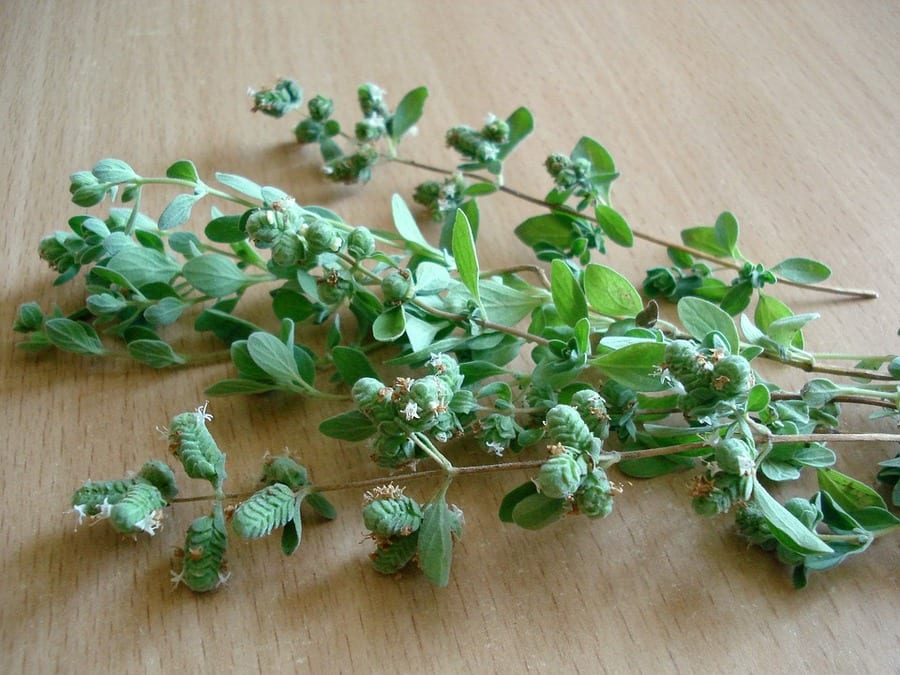
Aromatic herbs in our recipes have come a long way, today they are an essential element of many typical dishes of the Italian culinary tradition. And there's no better season than summer to pay homage to the varieties that have always been used at the table: basil, mint, sage, oregano are some of the symbolic scents of the season, present in many fresh recipes that are ideal for beating the heat.
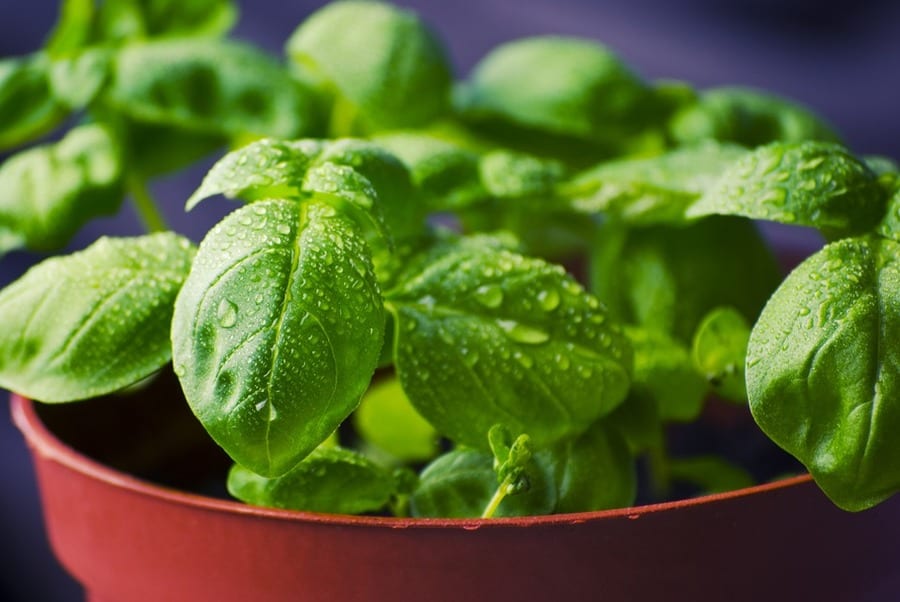
Basilico, history and medicinal properties
Undisputed protagonist of classic spaghetti with tomato sauce, basil is probably the most popular of the Mediterranean herbs, cultivated almost everywhere but especially in the southern regions, where favorable climatic conditions facilitate the plant's growth. With its typical rapid development, basil is a plant that can quickly grow beyond a meter in height, with an erect stem and out-growing branches. The name seems to derive from the Greek term basileus, which means king, because of its many healing qualities, even if there are those who maintain that the word refers to the basilisk, mythological creature capable of killing with its deadly glance that, according to ancient popular beliefs, could be defeated with basil. In the past considered sacred to Mars and consumed by Roman soldiers before battle, in Rome basil was also used as a mouthwash and as an insect repellent. Its use in the kitchen is wide and knows no boundaries: from classic tomato sauce to soups, from panzanella to bruschetta, its scent is reminiscent of tomato, but can be added to many dishes. Among the most famous preparations based on basil is Ligurian par excellence Genoese pesto.
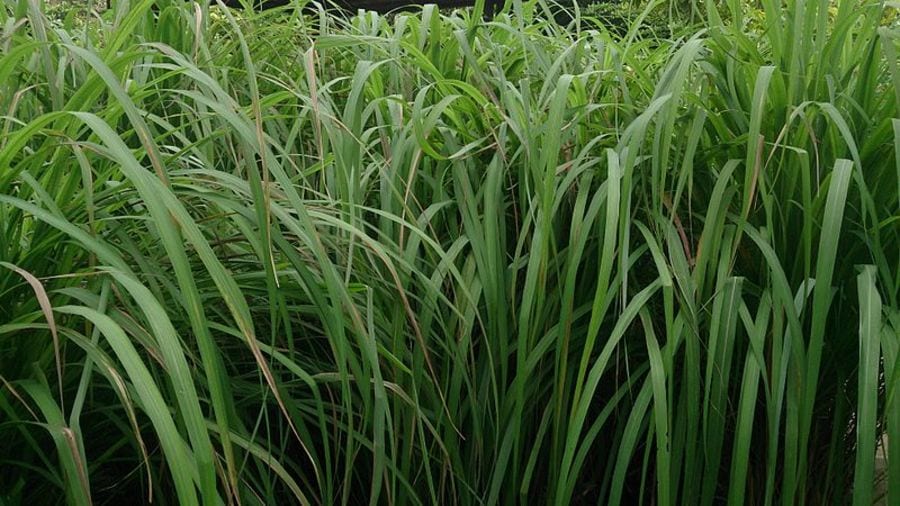
Citronella, mosquito repellent and flavour enhancer
Originating in southern Asia, citronella is a plant that produces an oil appreciated in Asian medicine, used to keep mosquitoes away in the summer season. Cultivated in sunny places, it's characterized by a typical, intense and pungent lemony aroma. Lemongrass is the central element in the preparation of spirits obtained from Nardus and Wintersianus varieties, and at the base of many Asian dishes. In the Middle Ages, it was mixed with myrrh, cinnamon and olive oil for tsacred celebrations, in modern times - in addition to teas, infusions and essences extracted to drive away insects - it is very popular especially in Thai and Vietnamese cuisine. Known in English as lemongrass, citronella is perfect to add a touch of flavor and a touch of acidity to salads, meats, pickles, especially when combined with spices or other aromatic herbs.
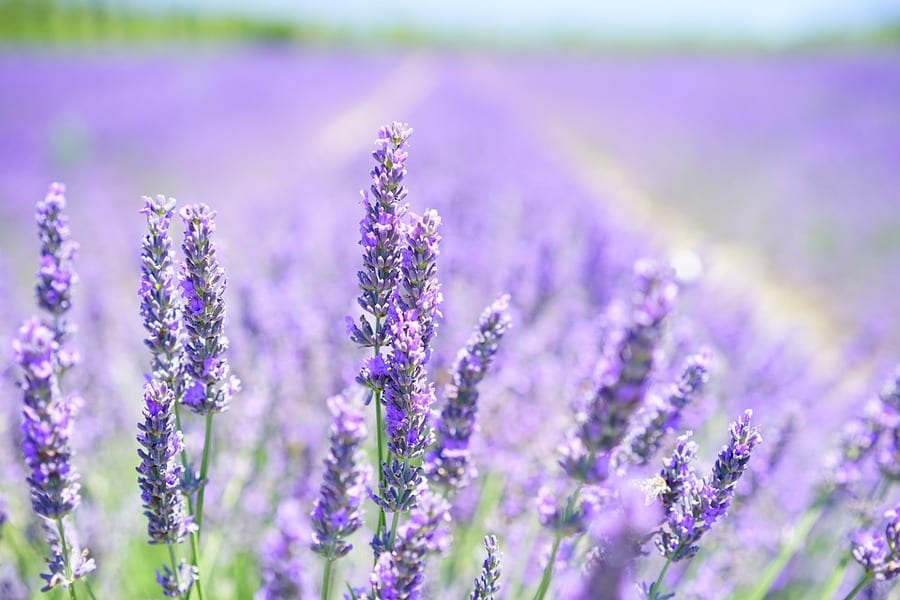
Lavender, in teas and sweets
Colours and scents of Provence - the immediate association when we think of the purple medicinal plant that grows mostly in Mediterranean regions. Lavender can be defined as the herb of a thousand uses: antiseptic and analgesic, perfumed essence, relaxing essential oil. Its small flowers adapt well to the drying process, preserving at best the scents of the fresh plant. Lavender grows in dry and stony soils and, in recent years, has entered the list of culinary ingredients. To flavour fresh bread (think delicious loaves seasoned with Provencal herbs), white meats, fish, cakes and honey. From semifreddi, to sorbets, from English creams to ice cream, by way of jams and sweets, all are delicious and fragrant. Lavender also makes for excellent infusions, just collect the dried flowers in a tulle bag and infuse in boiling water for a few minutes.
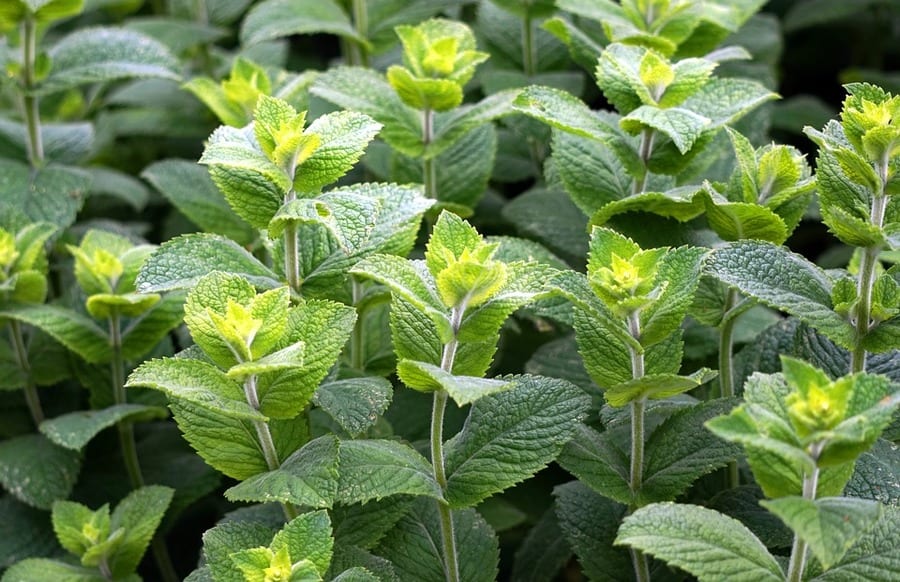
Mint, the legend of the nymph
There are more than 40 varieties of mint, yet those used in the kitchen, which are easy to find, are three: peppermint, Roman mint and calamint. The former is widely used for flavouring liqueurs, cocktails (think mojito), candy and desserts, but also to create the famous mint syrup, which is usually consumed diluted with water or fresh milk during summer. Roman mint is the protagonist of many traditional savory dishes, classic tripe but also meat, sauces, vegetables and salads. Mentuccia, or calamint, is used for Roman-style braised artichokes. With its less intense balsamic aroma and its more vegetal flavour combines very well with mushrooms, a winning duo of many autumn dishes typical of Tuscany. Of whatever type, mint grows on damp soils and along ditches, and holds a fascinating legend: after seducing her husband Pluto, the nymph Myntha, creature of extraordinary beauty, was transformed by the wife of the god of underworld, Proserpina, into a plant. Moved by emotion, Jupiter gave her such an intesne aroma so that it attracted the attention of every passerby, despite the plant's dismal appearance. Myths and culinary uses aside, mint has always been known to fight gastrointestinal disorders and its calming properties against cough and asthma, but also for migraines, neuralgia and toothache. Menthol, which is an element contained in its essential oil, is also used as an anesthetic.
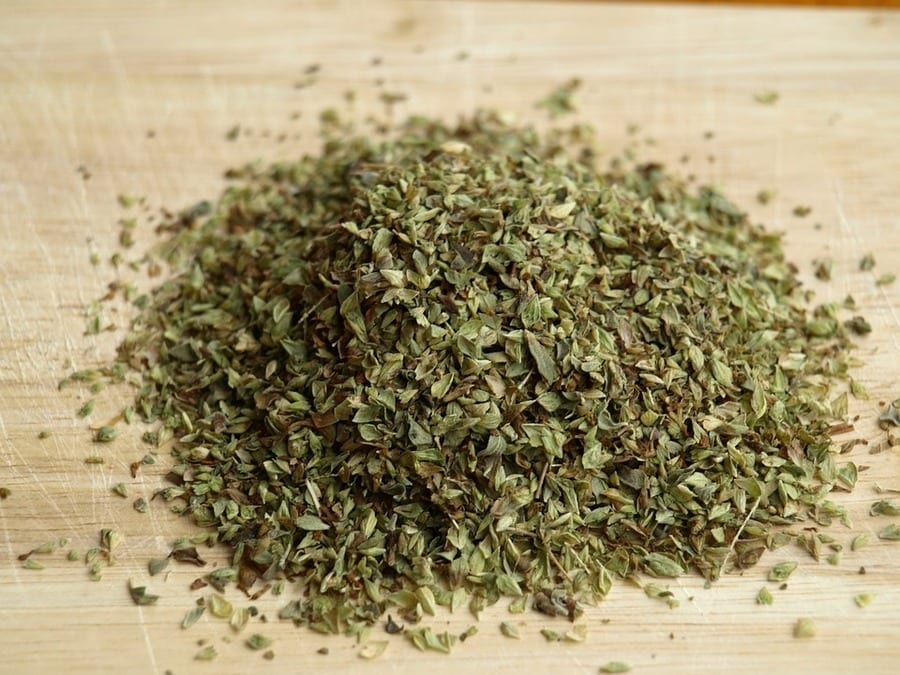
Oregano, splendour of the mountain
Native to the Mediterranean Sea basin, oregano grows wild in sunny and dry soild up to 2,000 meter elevation, adorning mountains and stony hills with its floral buds. Its name derives from the Greek oros, mountain, and ganos, splendour, or "splendour of the mountain". According to popular belief, the birth of oregano is due to Amaraco, a sensible young man who was commissioned to bring a perfume ointment to the table of the King of Cyprus. Entering the court, he stumbled and broke the ampoule containing the ointment: the shame and humiliation were such that the young man died of heartbreak. Touched by his humility, the gods transformed his body into the oregano plant (amaraco means, in fact, marjoram oregano), to which they attributed the fragrance intended for the king. In ancient Rome, dry oregano was among the ingredients of the famous garum fish sauce. Today, there are four main varieties: common oregano (origanum vulgare), southern oregano (origanum heracleoticum), marjoram oregano (origanum majorana) and Sicilian oregano (origanum onites)..
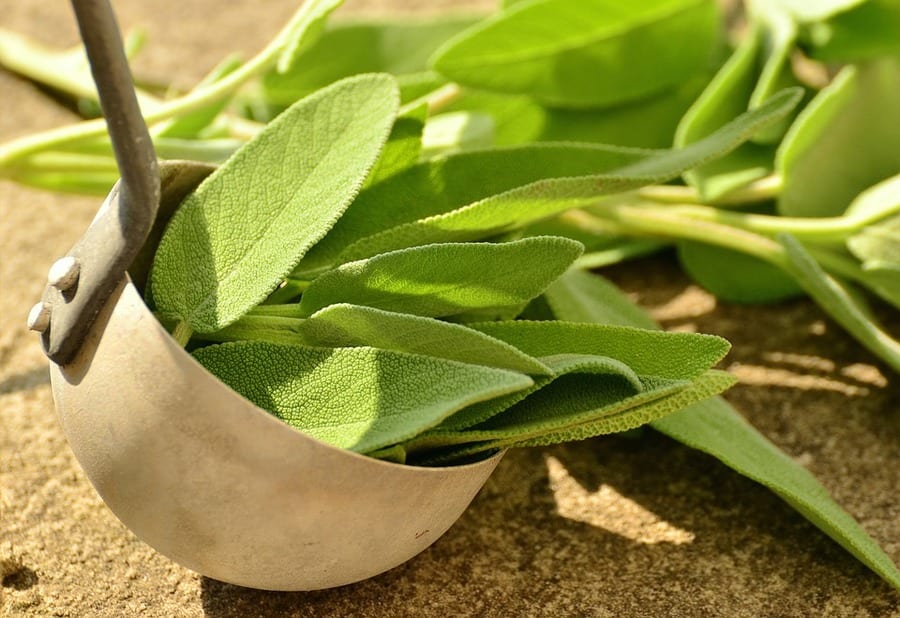
Saage: herb of the spirit
Common to stony soild and on the sunny slopes of Mediterranean regions, sage is recognized for its small oval leaves with an unmistakable silver color, and with flowers that bloom at the beginning of summer. The name comes from the Latin salvus, for for its therapeutic virtues known since ancient times: a natural anti-inflammatory, sage is ideal for liver disorders, respiratory infections, depressive and anxious states. It has healing effects and has always been used as a mouthwash and in toothpastes. Legend has it that during the 17th century Spanish black plague, looters who robbed plague victims managed to avoid contamination because they rubbed themselves with a sage, thyme and lavender balm macerated in vinegar. Because of its many plusses, native American Indians called it "herb of the spirit", because it cured almost every illness.
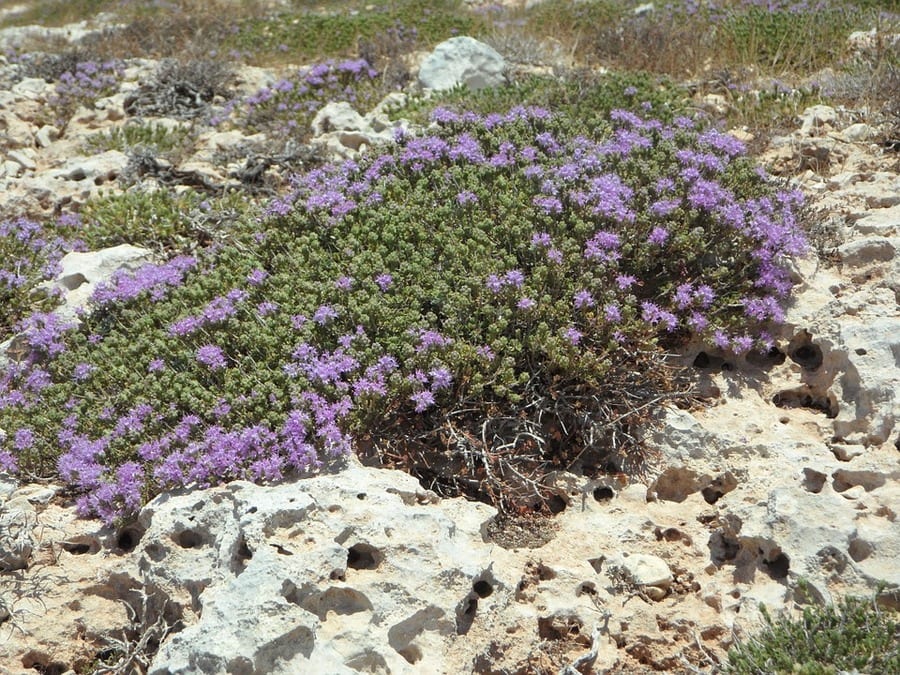
Wild herbs: wild thyme (Thymus serpyllum)
In addition to herbs grown on home balconies or gardens, in summer the choice becomes even wider with the many wild and herbs that flourish. Be they purchased in specialized companies, in nurseries or collected directly in the wild, following the foraging phisosophy, reaping all the good that the soil has to offer. Like Noris does, aka Eleonora Cunaccia, foraging queen in the woods of Val Rendena in the Spiazzo Dolomites who has chosen make her privileged relationship with the surrounding environment a true profession, giving life to Primitivizia, brand with which she offers products based on wild-growing herbs, berries, mushrooms and such. "I recommend trying wild thyme, a seasonal plant found in arid mountain areas, near rocky paths, when it blooms with small purple flower and an intense scent of resin". Used for centuries for culinary, ornamental and medicinal purposes, wild thyme is also easy to collect "anyone can do it without hurting the environment". How to use it? "A few days ago I used it to season eggs, but it's also perfect for grilled meats or soups. The taste is reminiscent of resin, when collected in dry areas, while it acquires lemon notes when grown on gravel".
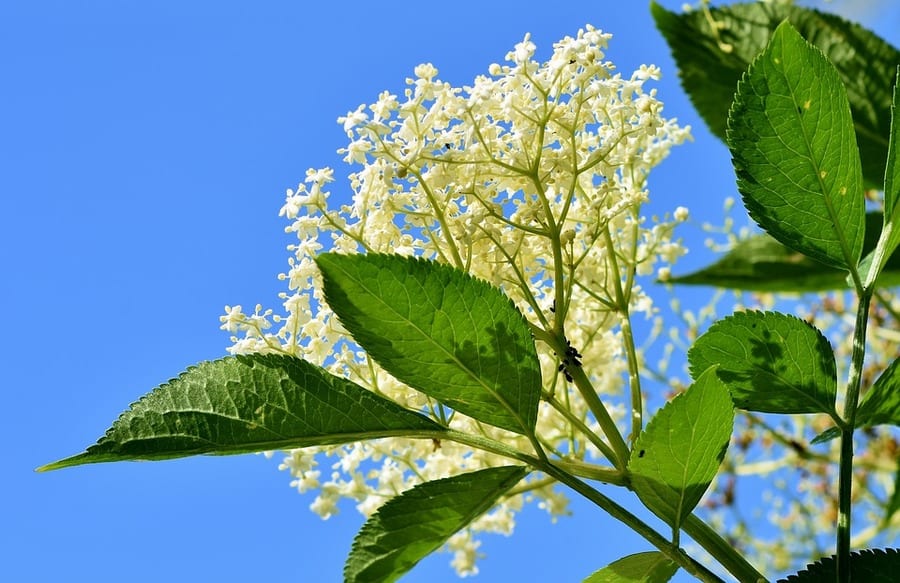
Wild mint and elderberry
Wild mint grows in humid areas, "ideal for a fine herbal tea, prepared in the Moroccan way", that is served in silver teapots with a very long spout, and poured from a certain height, to let the infusion cool first. Symbol of local hospitality and a sign of conviviality, mint tea over time has become deeply rooted in the local hcustoms, becoming part of Moroccan etiquette: refusing to drink a cup, in fact, is considered an unkind gesture. "Wild mint has a less intense flavour than classic peppermint; two sprigs are needed to brew a good cup of tea". But it can also be used with game or for great pudding, "with melted chocolate, recreating the taste of After Eight chocolates". And finally, elderberry, a plant with diuretic, emollient and anti-rheumatic properties, typical of high mountain wooded areas, "this is his moment. To fully enjoy it, there is nothing better than an elderflower syrup, vinegar, lemon and sugar: refreshing, quenching, healthy. Ideal also for children".
Recipes
Mint jelly
xpert in jams and preserves, Camilla Monteduro offers an original recipe for some respite from the hottest days: mint jelly, to be enjoyed as is, or combined with desserts or - why not - with some well-prepared meat dishes.
Basil panna cotta
This is an original way of interpreting the most classic of aromatic herbs, in a sweet version. The king of finger food and small appetizers, chef Andrea Golino, a known face on Gambero Rosso Channel, explains how to prepare a delicious panna cotta made with basil. The ideal sweet ending for a summer meal.
Partridge soup with sage tortelli, foam of partridge entrails, skin chips on breadstick
Together with Roberto Brovedani, in his restaurant nestled in the Alps, Fabrizia Meroi puts her ingredient knowledge and techniques to good use. The chef of Laite di Sappada shares her recipe based on sage scented partridge with Gambero Rosso.
And for the more traditionalists...
For those who can't do without the most iconic flavours of the Italian table, here's a traditional recipe from Annalisa Barbagli's book "La Cucina di Casa. One thousand recipes of Gambero Rosso". Here's how to make an authentic Genoese pesto, to be enjoyed immediately or jarred to use in winter.
Pesto alla genovese
Ingredients:
80 g fresh basil (possibly Basilico Genovese DOP)
1 garlic clove (inner core sprout removed)
2 tbsp. pine nuts
2 tbsp. Sardinian pecorino cheese, grated
4 tbsp. extra virgin olive oil
Salt to taste
Rinse and dry the basil leaves. Place in the immersion blender glass with the garlic, lpine nuts, cheese and half the olive oil. Blend – ideally it would be best to use a stone mortar and pestle – until ingredients are reduced to a paste. When blending, do so in short bursts with frequent pauses Once ready, transfer the pesto to a small bowl and add the remaining olive oil.
by Michela Becchi
translated by Eleonora Baldwin

